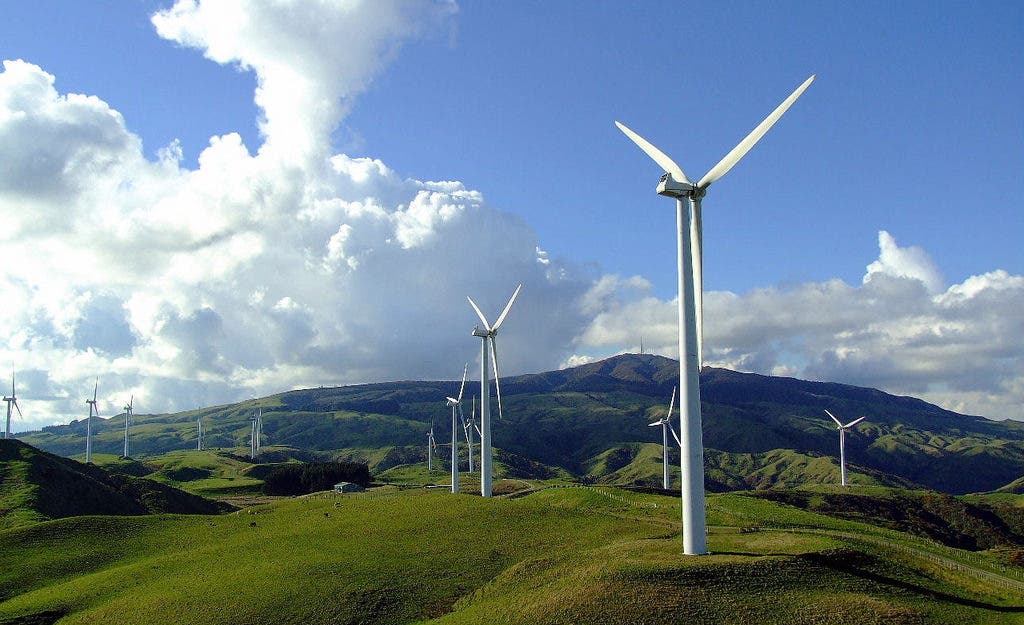After defying all odds and becoming New Zealand’s leader at only 37, Jacinda Ardern wants the country’s electrical grid to be powered fully by renewable energy.
Ardern is part of a new generation of politicians coming into power, as we’ve already seen with Justin Trudeau in Canada and Emmanuel Macron in France. Like the two, Ardern is also a strong supporter of renewables. Not only has she laid out plans for transitioning to 100% renewable energy by 2035, but she wants the entire country to reach zero net emissions by 2050 — this means also eliminating fossil fuels from vehicles.
New Zealand is already one of the greenest countries in the world, in terms of their energy. The country gets 80 percent of its electricity from green sources, with coal-fired plants amounting to only 16% of the country’s consumption. However, truth be told, it’s hydropower that does the heavy lifting in New Zealand, and making the jump from 80 to 100 percent will be no easy feat.
Even as things stand now, New Zealand’s electricity is subject to spikes during droughts. Phase the remaining coal too quickly, and the volatility could increase dramatically, bringing problems in terms of both price and availability. Ardern needs to balance energy affordability and security with environmental sustainability, says John Carnegie, executive director for energy at Business NZ.
“It’s completely appropriate to have a focus on reducing carbon emissions, but there needs to be an open and transparent public conversation about the policies and how they are delivered,” Carnegie told Bloomberg.
Other leaders should be following New Zealand’s case closely; only a handful of countries can claim to have such ambitious goals, and most countries in the Asia Pacific still heavily rely on coal for electricity. A stark difference exists between New Zealand and Australia, for instance. While the latter has all the right conditions for generating clean energy, policy missteps left residents paying more and having a lot of coal-generated power.
The world is still gradually turning away from coal and looking at more sustainable solutions, especially as they become more profitable. However, the transition is slow, and taking the last steps is going to be increasingly more difficult. New Zealand and other countries such as Iceland or Norway will serve as examples and pilot studies. If the transition is successful, others will follow. If it’s not, it could slow down future action significantly.










